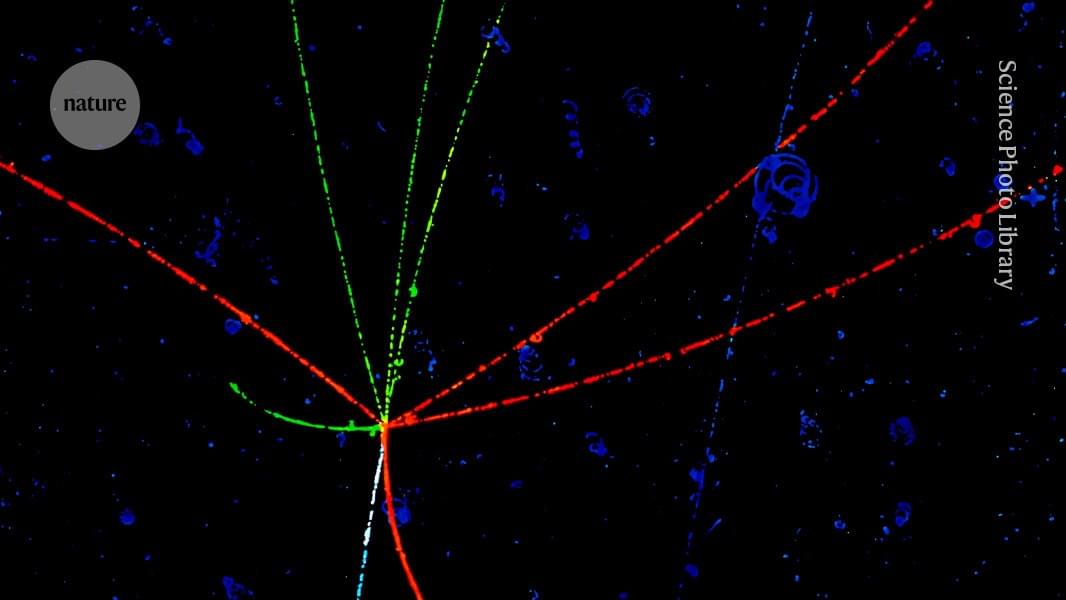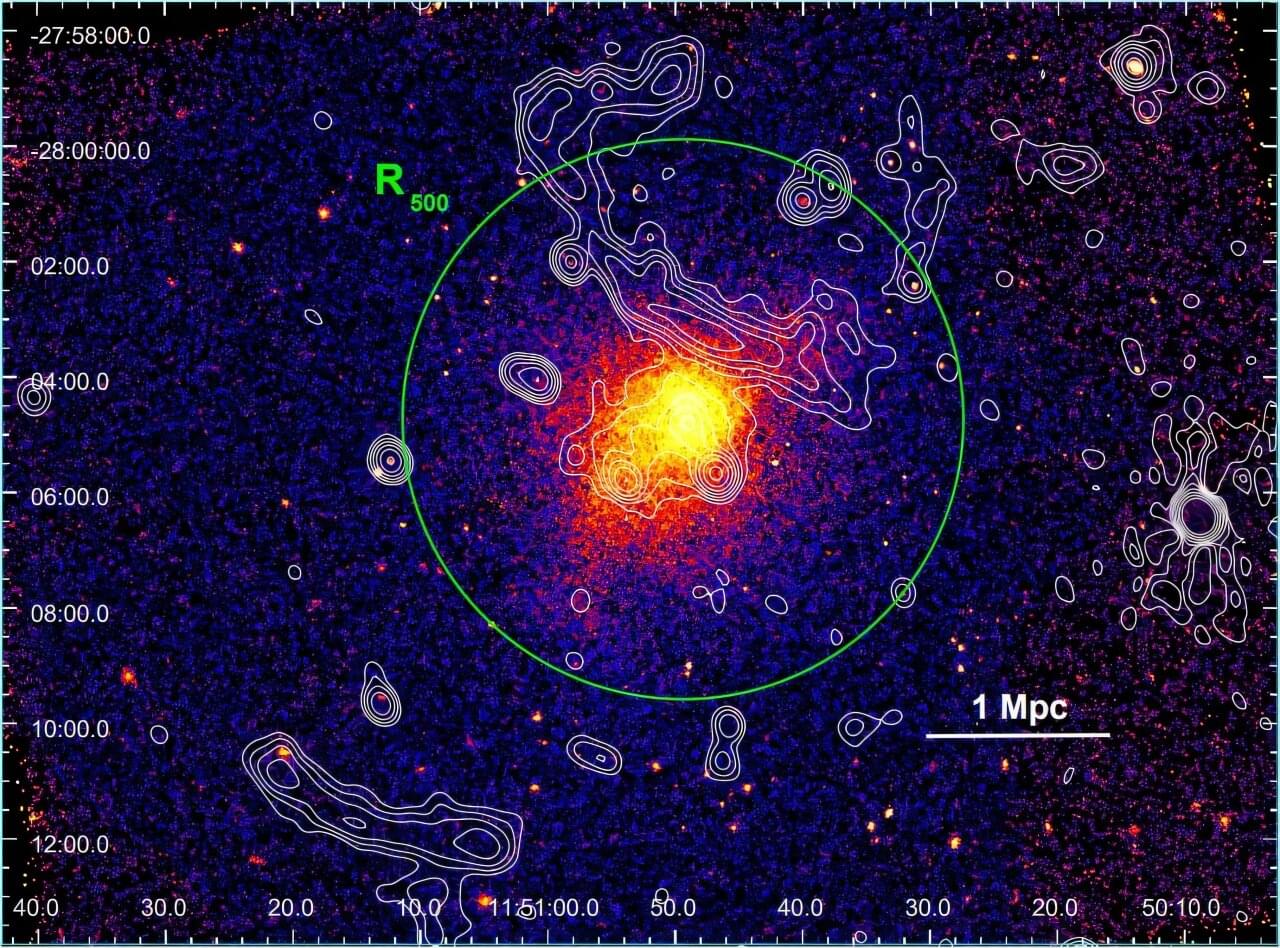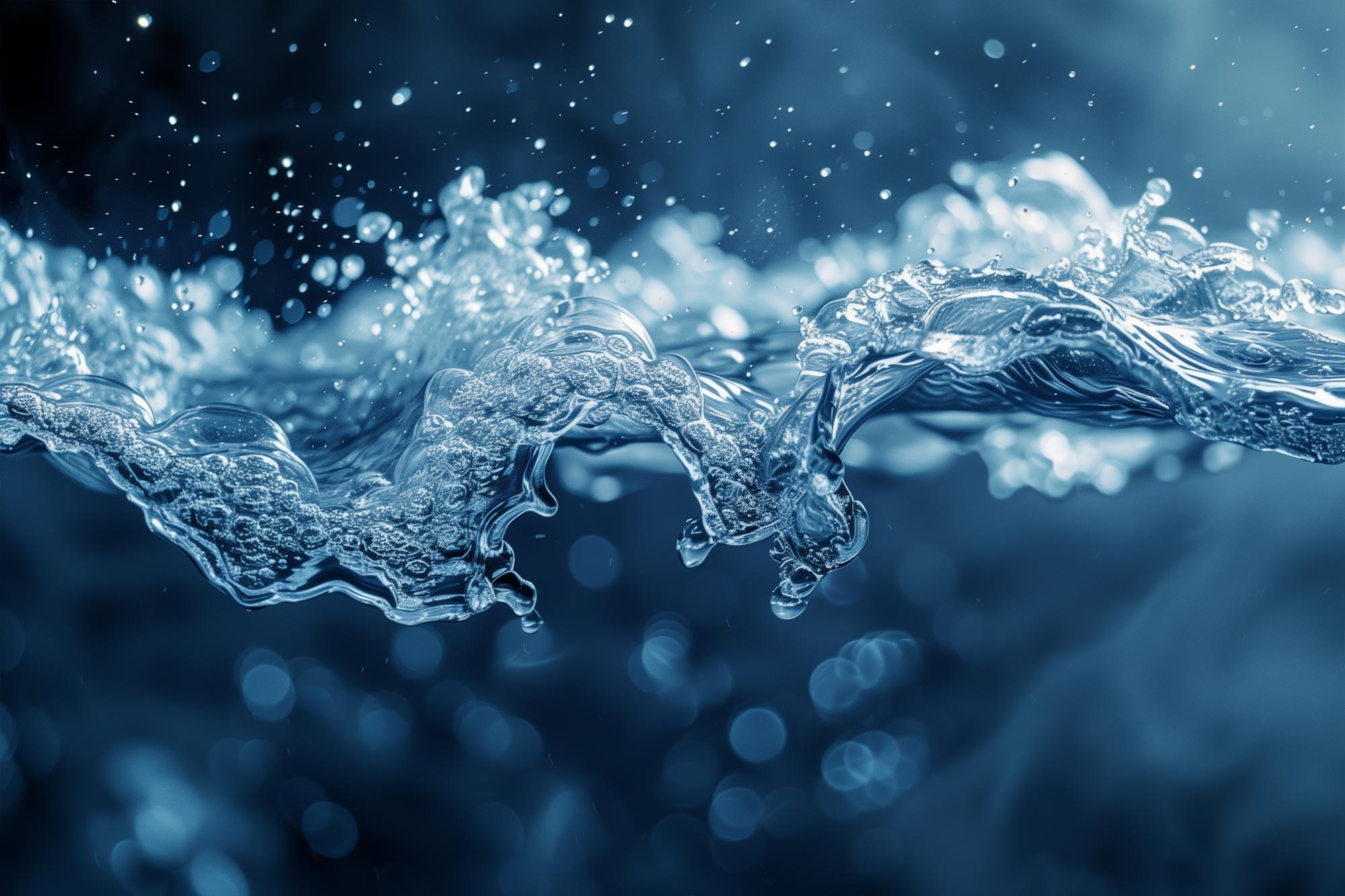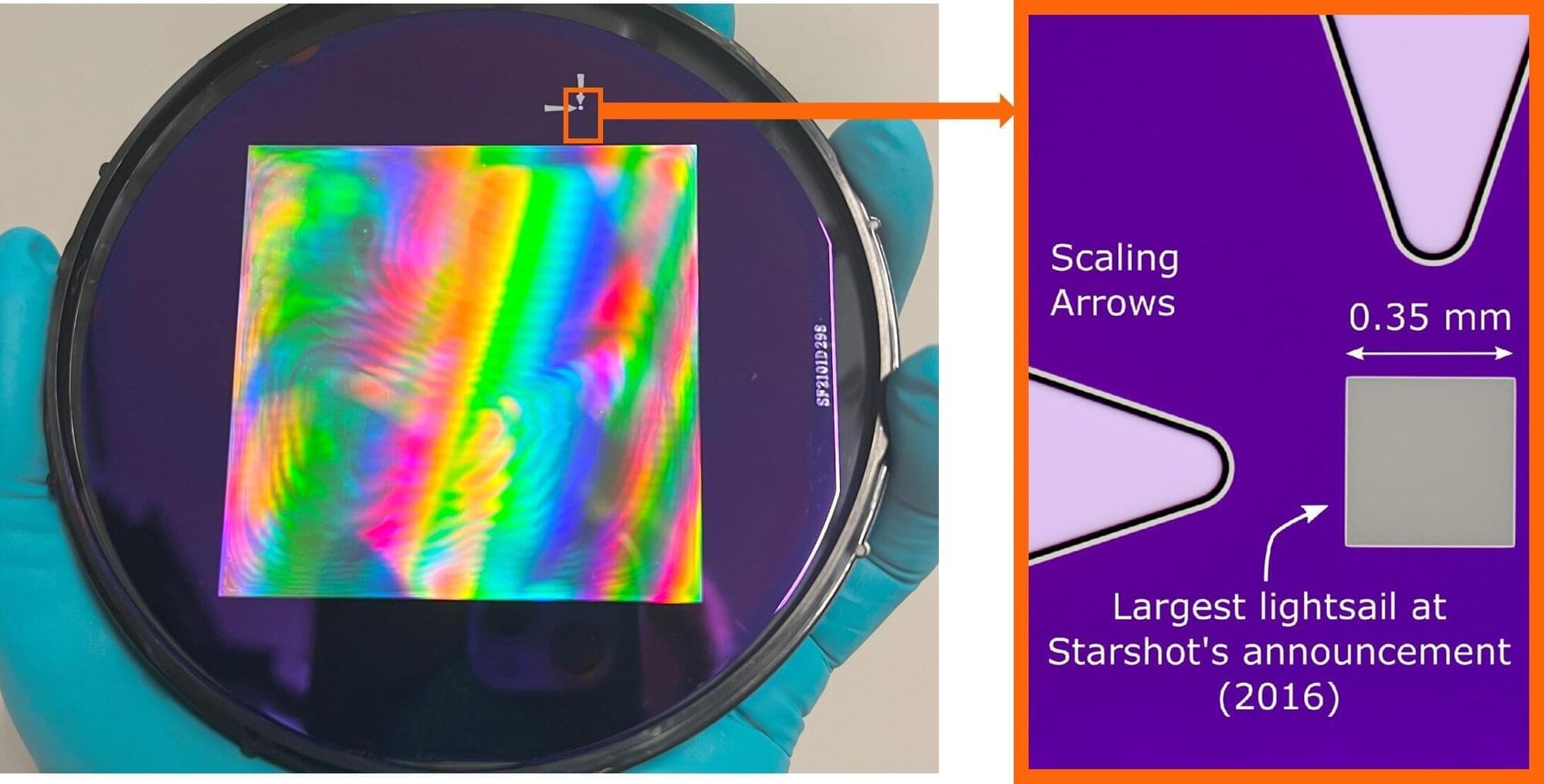Physicists have spotted a difference in the way matter and antimatter baryons decay, which could help to explain a major cosmic mystery.


How gravity causes a perfectly spherical ball to roll down an inclined plane is part of the elementary school physics canon. But the world is messier than a textbook.
Scientists in the Harvard John A. Paulson School of Engineering and Applied Sciences (SEAS) have sought to quantitatively describe the much more complex rolling physics of real-world objects. Led by L. Mahadevan, the Lola England de Valpine Professor of Applied Mathematics, Physics, and Organismic and Evolutionary Biology in SEAS and FAS, they combined theory, simulations, and experiments to understand what happens when an imperfect, spherical object is placed on an inclined plane.
Published in Proceedings of the National Academy of Sciences, the research, which was inspired by nothing more than curiosity about the everyday world, could provide fundamental insights into anything that involves irregular objects that roll, from nanoscale cellular transport to robotics.

Professor Ariando and Dr. Stephen Lin Er Chow from the National University of Singapore (NUS) Department of Physics have designed and synthesized a groundbreaking new material—a copper-free superconducting oxide—capable of superconducting at approximately 40 Kelvin (K), or about minus 233°C, under ambient pressure.
Nearly four decades after the discovery of copper oxide superconductivity, which earned the 1987 Nobel Prize in Physics, the NUS researchers have now identified another high-temperature superconducting oxide that expands the understanding of unconventional superconductivity beyond copper oxides.

Using NASA’s Chandra X-ray observatory, astronomers have observed a massive and hot galaxy cluster known as PLCKG287.0+32.9 (or PLCKG287 for short). Results of the observational campaign, presented March 17 on the arXiv pre-print server, deliver important insights into the morphological and thermodynamical properties of this cluster.
Galaxy clusters contain up to thousands of galaxies bound together by gravity. They generally form as a result of mergers and grow by accreting sub-clusters. These processes provide an excellent opportunity to study matter in conditions that cannot be explored in laboratories on Earth. In particular, merging galaxy clusters could help us better understand the physics of shock and cold fronts seen in the diffuse intra-cluster medium, the cosmic ray acceleration in clusters, and the self-interaction properties of dark matter.
PLCKG287, also known as PSZ2 G286.98+32.90, is a galaxy cluster at a redshift of 0.38, with a mass of about 1.37 quadrillion solar masses and a temperature of 13 keV. The cluster has an X-ray luminosity in the 2–10 keV band at a level of 1.7 quattuordecillion erg/s.

The Mpemba effect, whereby hotter systems can cool faster than cooler ones under identical conditions, was first noted by Aristotle over 2,000 years ago. It was rediscovered in 1963 by Tanzanian student Erasto Mpemba, who observed the phenomenon while making ice cream during a school cooking class. Mpemba later co-authored a scientific paper with British physicist Denis Osborne, documenting the effect in water.
Following their work, researchers have found that the Mpemba effect is not limited to water or simple liquids. It has been observed in a wide range of physical systems, including microscopic ones. However, a major challenge remains: detecting the Mpemba effect depends critically on the choice of a distance measure used to track how far a system is from equilibrium.
Because there are infinitely many possible distance measures, an effect seen using one measure may not appear within any finite time using another. Traditional approaches often evaluate relaxation speed, the rate at which a system returns to equilibrium after a temperature change, using a single, monotonic measure. But this can yield inconsistent or misleading results.

Two scientists at the U.S. Department of Energy’s (DOE) Brookhaven National Laboratory have discovered a new phase of matter while studying a model system of a magnetic material.
The phase is a never-before-seen pattern of electron spins—the tiny “up” and “down” magnetic moments carried by every electron. It consists of a combination of highly ordered “cold” spins and highly disordered “hot” spins, and it has thus been dubbed “half ice, half fire.” The researchers discovered the new phase while studying a one-dimensional model of a type of magnetic material called a ferrimagnet.
“Half ice, half fire” is notable not only because it has never been observed before, but also because it is able to drive extremely sharp switching between phases in the material at a reasonable, finite temperature. This phenomenon could one day result in applications in the energy and information technology industries.

An international team of researchers used multi-wavelength observations of active galactic nuclei to study how black holes launch relativistic jets. The sixteen sources were observed with the Event Horizon Telescope during its first campaign in 2017. The extreme resolution achieved by the Event Horizon Telescope enabled studies of jets closer than ever to the central supermassive black holes of these galaxies.
The team investigated the acceleration and magnetization of the jets by comparing results obtained at various frequencies and angular scales. The work was led by scientists from the MPIfR in Bonn, Germany, and the IAA-CSIC in Granada, Spain, and is now published in Astronomy & Astrophysics.
To assess the accuracy in understanding the evolution of jets in the centers of active galaxies with supermassive black holes, an international research team led by Jan Röder (MPIfR and IAA-CSIC) compared observations made with the Event Horizon Telescope with previous studies using the Very Long Baseline Array and the Global Millimeter VLBI Array, which probe much larger spatial scales.

Researchers at TU Delft and Brown University have developed scalable nanotechnology-based lightsails that could support future advances in space exploration and experimental physics. Their research, published in Nature Communications, introduces new materials and production methods to create the thinnest large-scale reflectors ever made.
Lightsails are ultra-thin, reflective structures that use laser-driven radiation pressure to propel spacecraft at high speeds. Unlike conventional nanotechnology, which miniaturizes devices in all dimensions, lightsails follow a different approach. They are nanoscale in thickness—about 1/1000th the thickness of a human hair—but can extend to sheets with large dimensions.
Fabricating a lightsail as envisioned for the Breakthrough Starshot Initiative would traditionally take 15 years, mainly because it is covered in billions of nanoscale holes. Using advanced techniques, the team, including first author and Ph.D. student Lucas Norder, has reduced this process to a single day.

Does the proton decay? While this was a famous prediction of Grand Unified Theories (GUTS) developed in the 1970s and 1980s, experimentalists have ruled it out—or rather, put lower limits on its mean lifetime of about 1034 years. That’s 20 orders of magnitude greater than the age of the universe.
But two physicists have been wondering: Could the lifetime be different in other places and at other times? Could the proton have decayed faster in the past? Could it decay faster somewhere else in the universe? They have reimagined some physics processes assuming the proton does decay and calculated possible lifetimes of around 1018 years. That’s only eight orders of magnitude beyond the universe’s lifetime. Their work was recently published in Physical Review D.
“People had previously asked various questions of the type, ‘Are the fundamental physics parameters measured on the Earth the same elsewhere in the universe?’” said Peter Denton, a co-author at Brookhaven National Laboratory on Long Island, New York in the U.S. “One case that hadn’t been investigated was the stability of the proton. Earth experiments show that the proton is incredibly stable, but those only apply here, in our part of the galaxy, and now, over the last several decades. What if proton decay depended on time or space?”

When University of Texas at Dallas researchers tested a new surface that they designed to collect and remove condensates rapidly, the results surprised them. The mechanical engineers’ design collected more condensates, or liquid formed by condensation, than they had predicted based on a classic physics model.
The finding revealed a limitation in the existing model and inspired the researchers to develop a new theory to explain the phenomenon, which they outline in an article published online March 13 in the journal Newton.
The theory is critical to the researchers’ work to develop innovative surfaces for applications such as harvesting water from air without electricity.